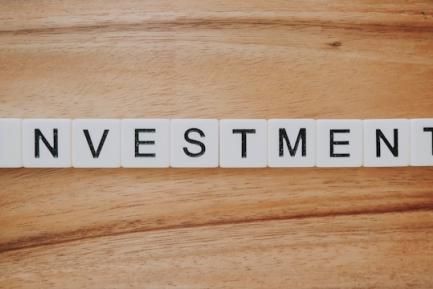Sixty years on from the Treaties of Rome
The 25th of March is the 60th anniversary of the signing of the Rome Treaties by West Germany, France, Italy and the Benelux countries. The most important of these treaties set up the European Economic Community (EEC) to develop a common market, customs union and common policies based on the premise that the greater the economic interdependence between countries, the less likelihood of conflict. The EEC has gradually evolved into today’s European Union (EU) but, given increasing Euroscepticism, it is useful to remember that its main goal has already been achieved: peace among its Member States.
Today, however, the EU aspires to much more than just a peaceful future. It aims to create an inclusive, competitive economy based on solidarity and sustainability that is equipped for the future, and with mechanisms to tackle the aftermath of the crisis in terms of unemployment and public debt. An EU that stands together to combat terrorism, to guarantee a legal framework of freedoms, tolerance and equality and to provide Europe with a strong voice in an increasingly multipolar world in which the individual importance of European countries has become diluted because of the upsurge of the large emerging economies.
But equally important is the EU’s aspiration to provide European citizens with a joint project that inspires them. Given citizens’ increasing hostility towards EU policies and institutions, this is a complex challenge. Nor is it helped by the tendency of national governments to blame problems on Brussels and refuse accountability for decisions adopted jointly in the EU. Examples of this are Brexit and the rise of Eurosceptic parties, with the potential victory in France of Marine Le Pen, who classifies the EU as an anti-democratic monster and believes that France should leave the Union and abandon the euro.
There is no doubt that the gap between such aspirations and the EU’s actual instruments and resources is massive. The current situation also involves huge challenges: doubts concerning globalisation, the repercussion of new technologies, the influx of refugees, the threat of terrorism...
Given this situation, the White Paper on the future of Europe recently published by the European Commission, «Reflections and scenarios for the EU27 by 2025», is certainly timely, encouraging informed discussion about the kind of Europe we want. Discussion which should naturally involve the European Parliament as well as national and regional parliaments and authorities, but which must especially include civil society, too.
For instance, in its White Paper the Commission has proposed five scenarios for 2025 (which are neither mutually exclusive nor exhaustive):
1. Carrying on, which would surely mean kicking the project on until circumstances (such as a suitably important conflict) force a decision to be taken.
2. Nothing but the single market. This does not seem to be a valid option for the euro area, which needs to do more and not less to ensure the integrity of the single currency.
3. Those who want more do more. In practice we already have this situation of a two-speed EU, with the euro and with Schengen, but the concept could certainly be extended to other areas.
4. Doing less more efficiently. For instance, by concentrating on domestic security, migration, border control and defence. Once again, this does not seem to be an option for the euro area countries.
5. Doing much more together, which would require greater political union. Most countries are perhaps not yet ready for this option but it does seem inevitable in the long term for the euro area countries.
As Jean-Claude Juncker himself points out, when deciding which path to take, «we should remember that Europe has always been at its best when we are united, bold and confident that we can shape our future together».
Enric Fernández
Chief Economist
28 February 2017



